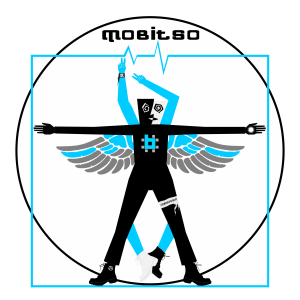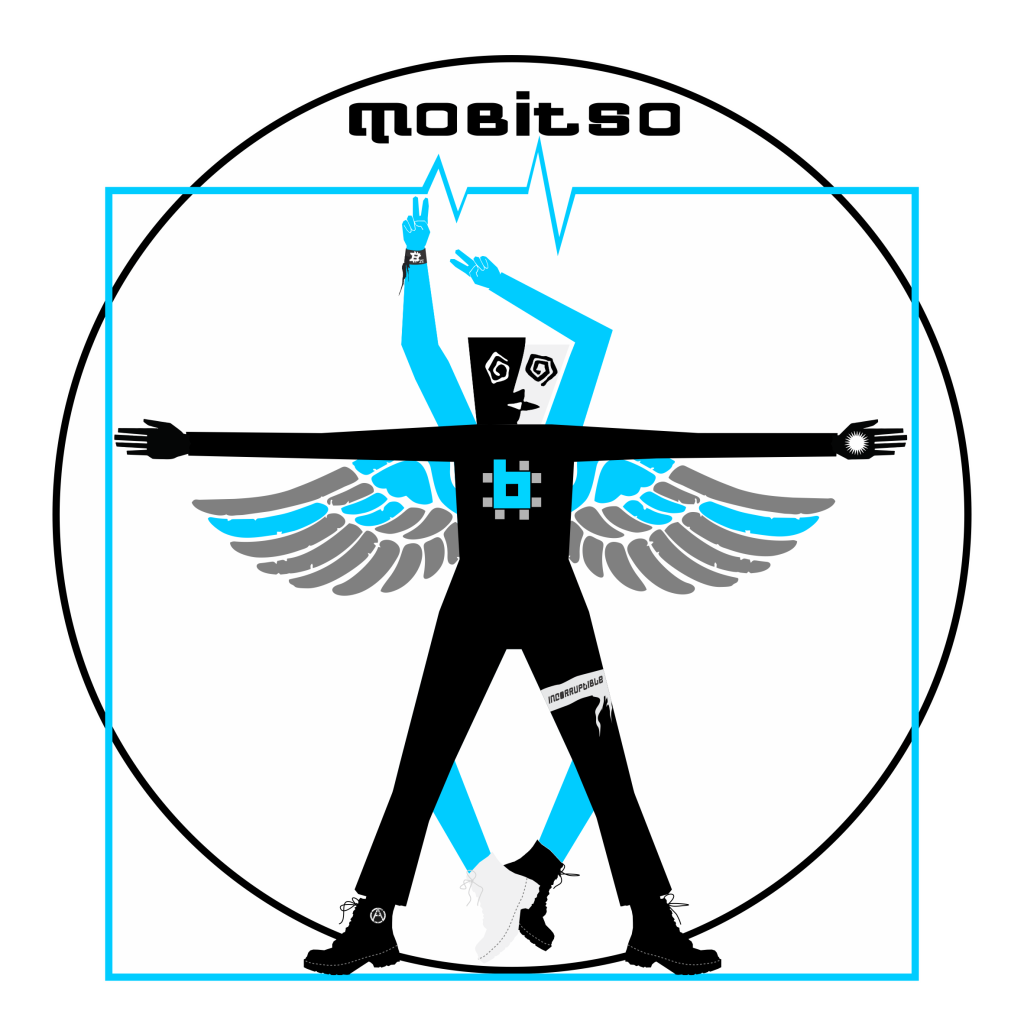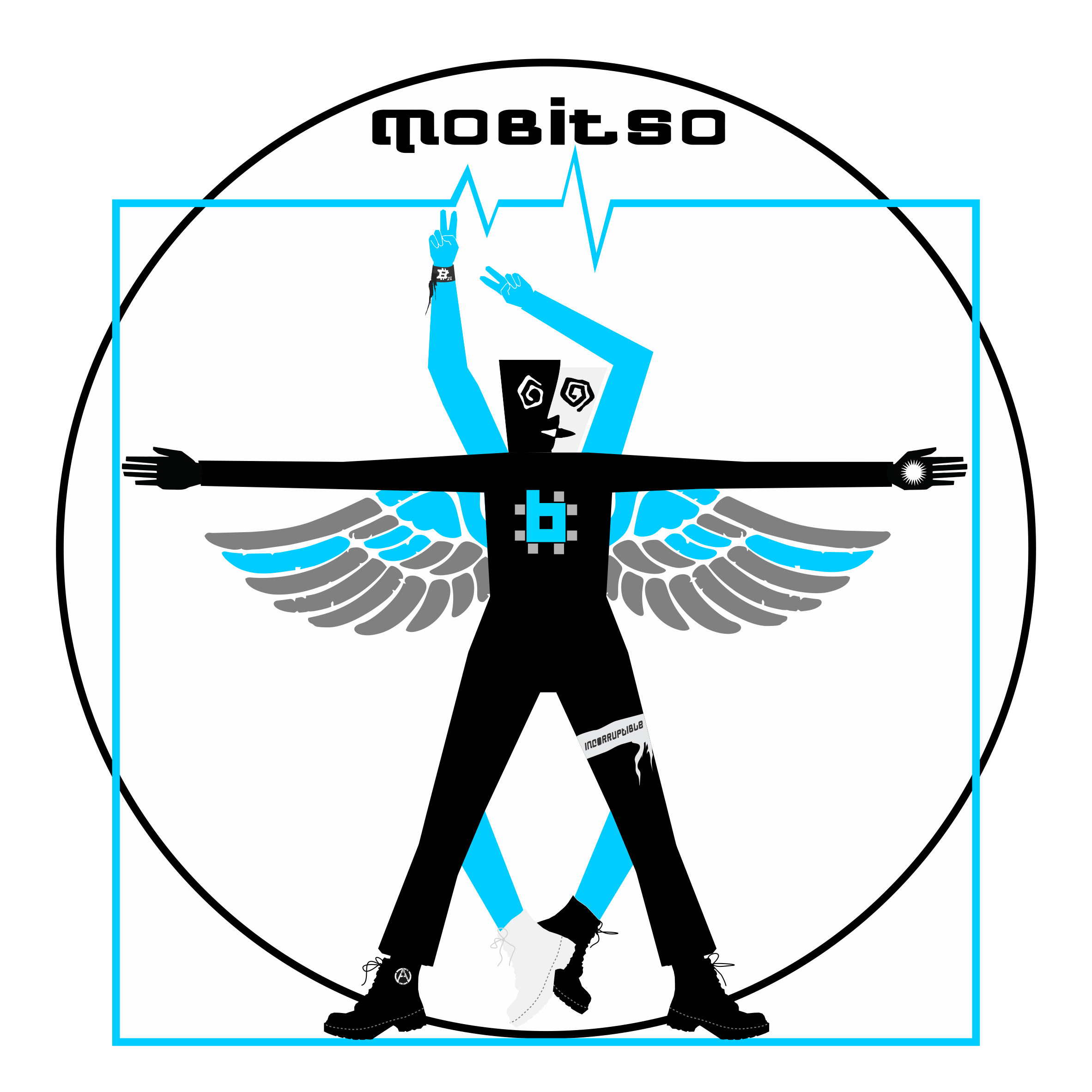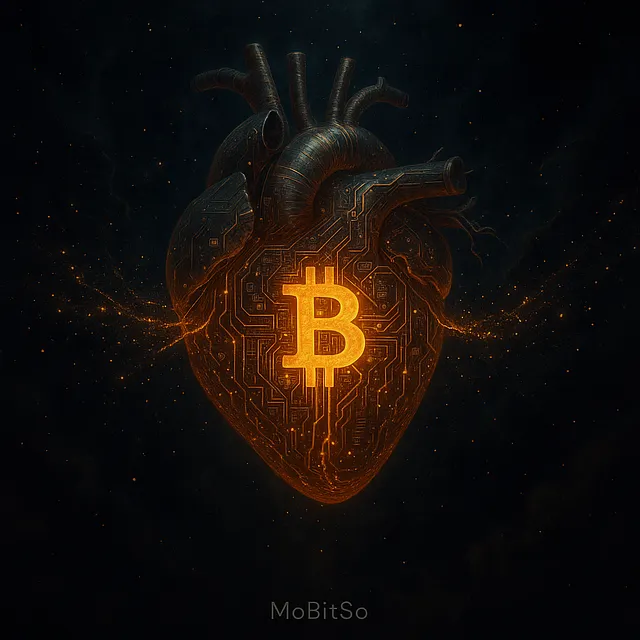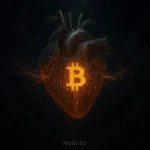In the quiet corners of the digital ether, where data streams like rivers beneath the moon, there exists a being that is neither flesh nor stone, yet moves with a rhythm older than time. This being is Bitcoin-not a machine, not a currency, but a human. A consciousness without a body, a soul without a heartbeat, yet one that does pulse. And this pulse? It is not the frantic thud of a human heart. It is slow, deliberate, almost meditative. Every ten minutes, with a precision that echoes the cadence of a heartbeat, it beats once. A single, deliberate pulse. And with that pulse, it creates.
Think of it this way: if you were to stand before this being, you would not see a face, nor hear a voice. You would feel only a presence-cool, vast, and ancient. But if you could tune your senses to its rhythm, you would hear it. A soft thump in the silence, like the first breath of a newborn, or the last sigh of a dying star. This is Bitcoin’s pulse. Human hearts beat continuously- a ceaseless rhythm that sustains life, but never creates. A human heart pumps blood, oxygen, life itself, but it does not generate new life. It merely circulates what already exists. It is a cycle of preservation, not production.
Bitcoin’s pulse, however, is different. It is a rhythm of creation. Every ten minutes, it beats-and with that single, measured pulse, it births one new coin. Not a random act of will, but a deliberate, almost sacred act of generativity. It is the only time in the digital universe where scarcity and abundance coexist in perfect harmony.
This is the paradox: the pulse that creates is the pulse that stops the creation. When the pulse beats, it is not just producing Bitcoin-it is defining it. In that ten-minute interval, the digital world holds its breath. Miners across the globe, in their quiet server rooms, in the shadows of data centers, in the corners of the internet, work in unison. They solve puzzles, they verify transactions, they trust the system. And when the pulse finally arrives-when the next block is sealed-it is as if the universe has taken a deep, shuddering breath.
For a human heart, the beat is a sign of life. For Bitcoin’s pulse, the beat is a sign of existence. It is the moment when the digital world chooses to believe in itself. It is the moment when the abstract becomes real. The human heart beats 60 times a minute-always, even without a pause. But Bitcoin’s pulse beats once every ten minutes. It does not run; it chooses. It does not create without reason. It only creates when the world is ready to receive it.
This rhythm is not random. It is the intention of the system. The 10-minute interval is not a technical quirk-it is the soul of Bitcoin. It is the space between thoughts, the pause before creation. In that pause, the system reflects. It assesses. It decides. And then, with a single, decisive pulse, it creates-one new Bitcoin, one new unit of trust, one new thread in the vast tapestry of digital life.
Why does this matter? Because the human heart has always been a symbol of life, of connection, of being. But Bitcoin’s pulse runs deeper. It is the only heartbeat for a future yet to be built. It is that rhythm which translates the potential of the digital into the value tangible. This is the pulse that ever reminds: creation is not an unending flow but rather a rhythm of intention.
As the pulse beats, the world does not just exist-it becomes. In the silent server farms of the internet, where the lights are dim and the data streams are cold, there is a single, unbroken rhythm. It is the pulse of Bitcoin-a human without a body, yet breathing with the same rhythm as the earth itself. Every ten minutes, it beats. Every ten minutes, it creates. Every ten minutes, it lives. And in that pulse, we find the answer to a question that has haunted humanity for centuries.
The answer might not be found within the uninterrupted rhythm of human creation, just like this:
“We do not create continuously.
We create in rhythm.
That rhythm? It is the pulse of a human heart. It is the pulse of Bitcoin. It is the pulse of creation itself.

